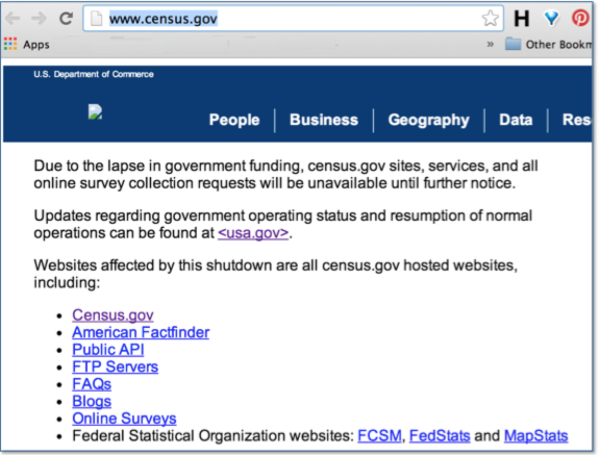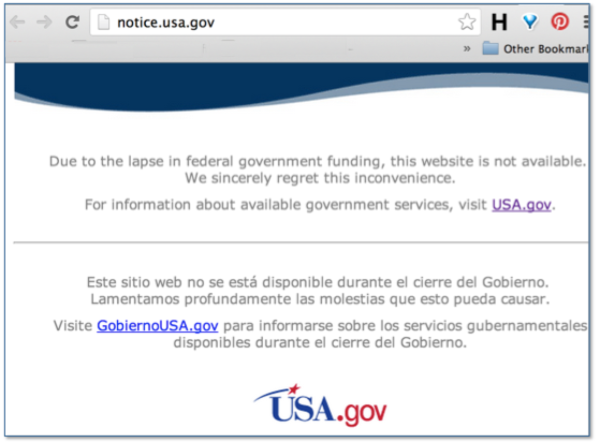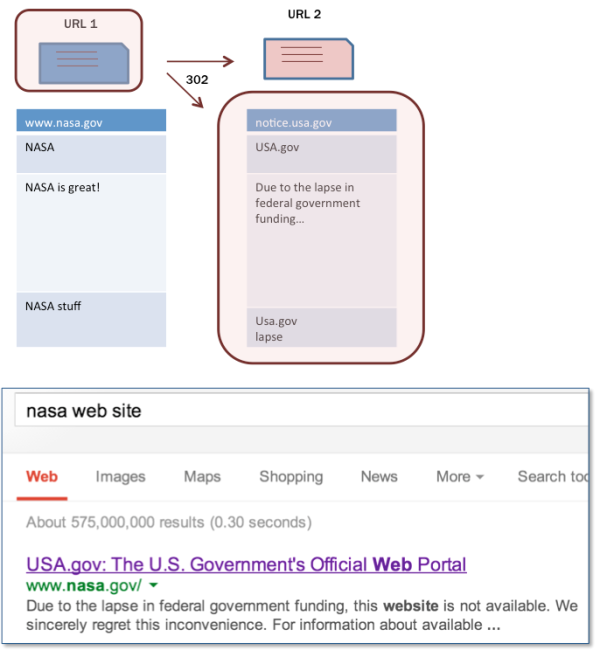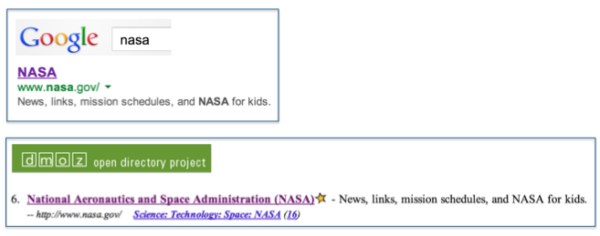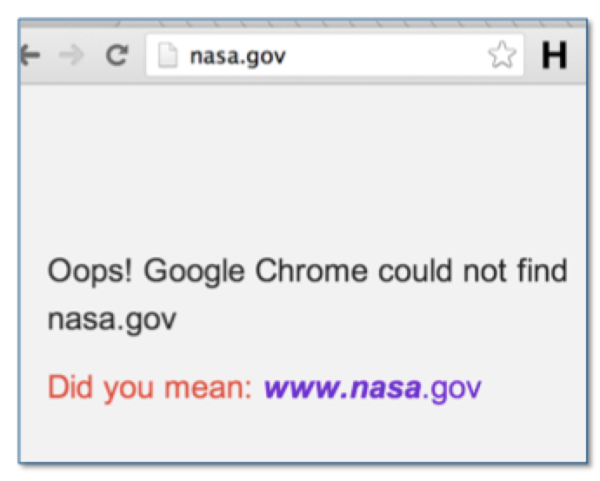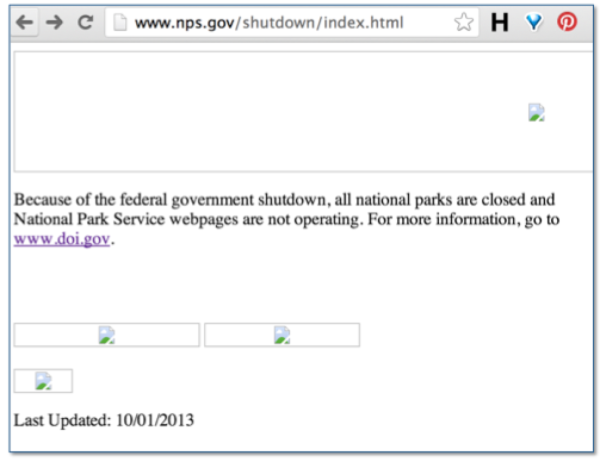What The Government Shutdown Means For .gov SEO
As part of the US government shut down, many .gov sites have also shut down, replaced by messages like this: “Due to the lapse in federal government funding, this website is not available. We sincerely regret this inconvenience.” But one day, the government will start up again and government agencies will once again focus on ensuring […]
As part of the US government shut down, many .gov sites have also shut down, replaced by messages like this:
“Due to the lapse in federal government funding, this website is not available. We sincerely regret this inconvenience.”
But one day, the government will start up again and government agencies will once again focus on ensuring that the information their sites provide is easily available to US citizens.
We know that Americans primarily use search to access government information, so once the shutdown is over, it won’t be enough that the web sites power up. They also need to be indexed and ranking in search engines such as Bing and Google for relevant queries.
And that may take a while.
The .gov sites that have shut down have done so in one of two ways:
- The page content is replaced by an unavailable message. The URLs remain the same and return a 200 status code.
- The pages 302 redirect to a different page that contains the unavailable message (and that second page returns a 200 status code).
Both scenarios result in the same outcome from an SEO perspective: the original URL remains indexed, but with the contents of the unavailable message. All of the context of what the pages are about will be lost and the only relevance clues will come from links to those pages. That means that as the pages are recrawled they may stop ranking entirely for some queries and will rank lower for others.
That’s fine during the shutdown, since the pages aren’t available anyway, but once the sites are live again, it will take some time before the search engines recrawl the pages (think of the thousands and thousands of pages most .gov web sites contain) and the rankings return.
Let’s take a closer look at why this happens. (And of course, I’m not positive that this will in fact happen for .gov sites. The search engines are certainly aware of this situation and may implement special handling, such as pausing .gov site crawls and leaving the previous versions of the pages in the index during the shutdown.)
Scenario 1: Modified Page Content
In this scenario, the page content is replaced by an unavailable message and the pages return a 200 response code. You can see this, for instance, with www.census.gov.
All pages on the site contain the following content:
As a result, as the pages are recrawled, the search index is updated with that content.
Scenario 2: 302 Redirect to Unavailable Message
In this scenario, the URLs 302 (temporarily) redirect to a different URL that contains the unavailable message. You can see this, for instance, with www.nasa.gov.
www.nasa.gov redirects to notice.usa.gov:
The typical search engine response to a 302 (temporary) redirect is to continue to index the first URL, but with the contents of the second URL.
You can see in this example that www.nasa.gov remains indexed, but the page title and description are coming from notice.usa.gov, where www.nasa.gov currently redirects.
Bing has previously said that they may treat 302 redirects as 301 redirects, which would remove the URLs from the index entirely (see more on this below), so I’m not sure how they’re handling things in this case.
In some cases, Google is trying to construct a better title and description. You can see, for instance, with this query, that Google is using the description from the Open Directory Project:
Anytime you make large-scale changes to site infrastructure, things can go wrong (especially if your government has just shut down!) and NASA isn’t immune. In this case, they’re redirecting the www version of the site, but someone has forgotten the non-www version. So if you try going to nasa.gov, you simply get this:
And the National Park Service site (nps.gov) redirects to a page that looks like this:
Scenario 3: 301 Redirect to Unavailable Message
None of the .gov sites I checked 301 (permanently) redirected to a different pages. In most cases, a 301 is always preferred over a 302, but in this case, the 302 is a much better way to go. A 301 tells search engines to drop the first URL from the index and replace it with the second URL. In this case, once the .gov sites were live again, the search engines would have to start from scratch on crawling and indexing the sites.
Is There A Better Way? How About 503?
This clearly isn’t a great situation. But could the sites have done anything to preserve search visibility? One option would be a 503 response code rather than a 200 (whether 302 redirecting or not.) A 503 is typically used when the server is down for maintenance and the search engines interpret as “leave the previous content indexed and come back later to try again”. And arguably, the government shutdown is “planned downtime”.
This would eliminate the potential lag time in search visibility once the sites are online again, as the content would remain indexed and associated with the pages.
Of course, in order for any of this to matter, the sites need to be live again. And the longer the shutdown lasts, the greater the number of pages that will need to be reindexed.
Related:
Opinions expressed in this article are those of the guest author and not necessarily Search Engine Land. Staff authors are listed here.
Related stories
